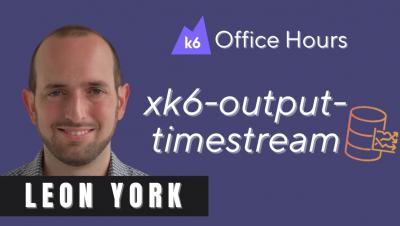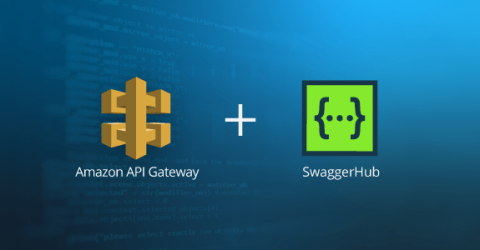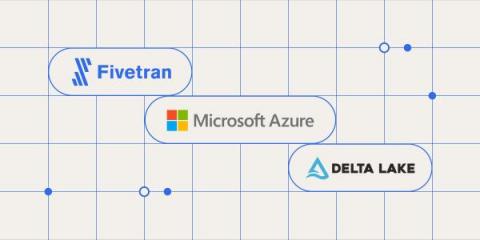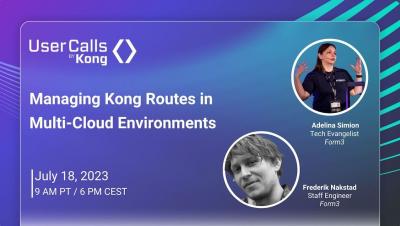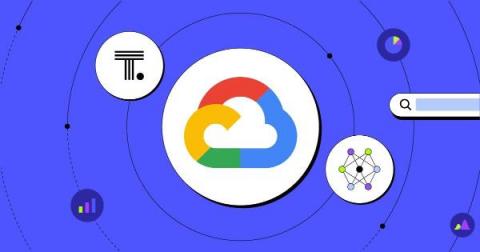Cloud cost management: How to optimize and control cloud expenses
It’s no surprise that cloud spending is rapidly increasing, so it’s also no surprise that controlling those rapidly increasing cloud costs is a top priority for business, technology, and data leaders. According to Gartner, the use of public cloud computing has increased IT spending for most organizations (54%) over the last three years, with only 29% reporting that the cloud decreased IT spending.



